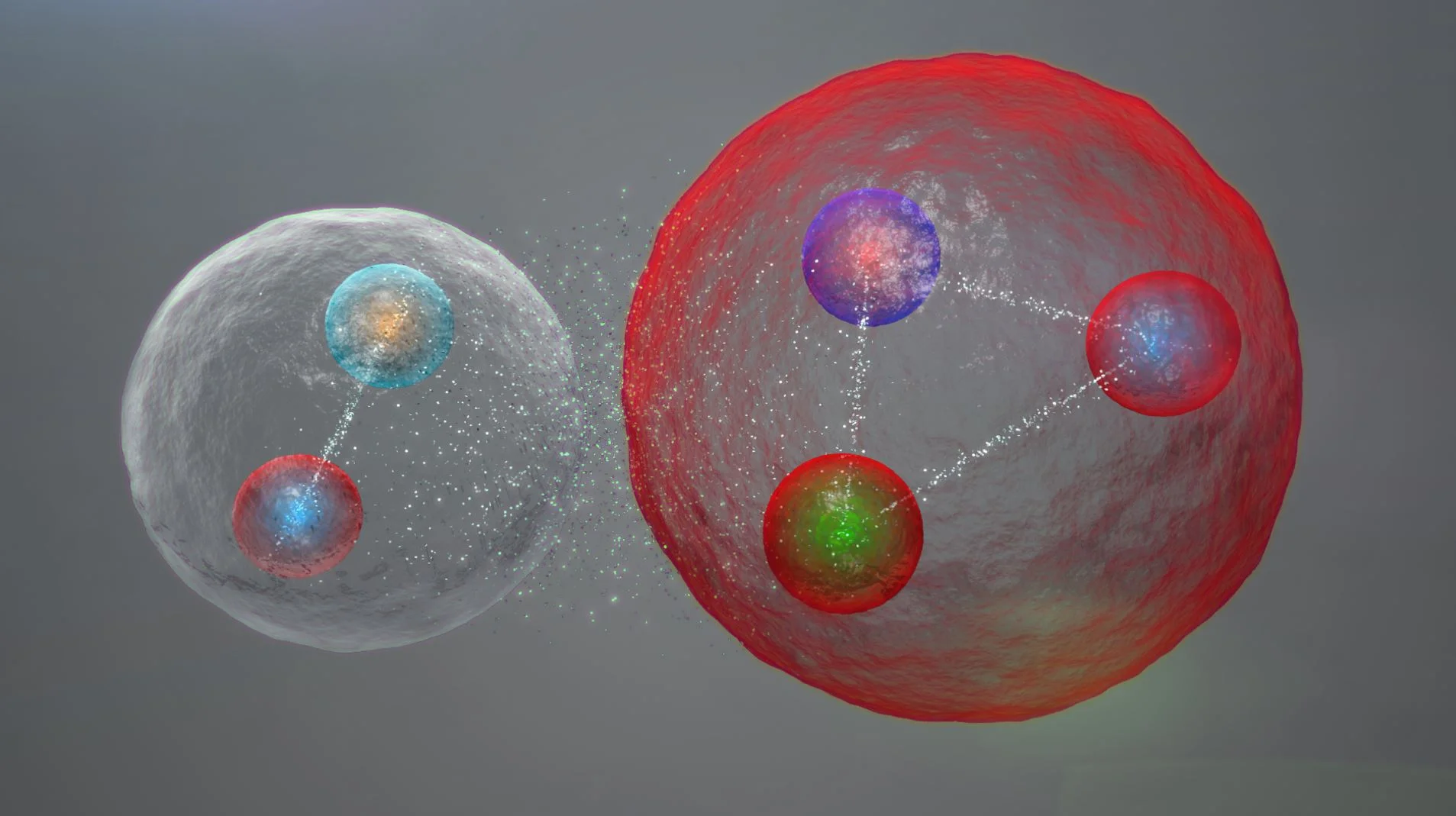Assembled from tiny identical pieces, the wing could enable lighter, more energy-efficient aircraft designs.
Methane on Mars: a new discovery or just a lot of hot air?
The discovery of life on Mars would get pretty much everyone excited. But the scientists hunting for it would probably be happy no matter what the outcome of their search – whether life turned out to extinct, dormant or extant. They’d even consider finding no evidence of life whatsoever to be an important discovery. But, as the saying goes, absence of evidence is not evidence of absence, and it will take many decades of detailed exploration of Mars to be reasonably sure that life has always been absent there.
Hubble Spots Flock of Cosmic Ducks
Rivers on Mars Flowed for More Than a Billion Years
The ancient climate of Mars is a mystery to scientists. Even with all we’ve learned about Mars, it’s still difficult to explain how lakes and rivers existed. A new study shows that Martian rivers were swollen with runoff and that they flowed far later into the planet’s history than previously thought.
SpaceX Releases a New Render of What the All-Steel Starship Will Look Like Returning to Earth
The design for SpaceX’s Starship (aka. Big Falcon Rocket) is really starting to come together! Over the holidays, sections of the Starship Hopper (a miniature version of the Starship) were photographed being put together at the company’s South Texas Launch Site. By mid-January, the parts were fully-integrated, forming the body of the stainless-steel prototype that would test the spacecraft’s overall architecture.
Alzheimer’s disease: have we got the cause all wrong?
Early in the 20th century, Alois Alzheimer first described a disorder of progressive memory loss and confusion in a 50-year-old woman. After she died, he examined her brain and saw that it was full of unusual protein clumps, known as plaques. Over a century later, we know that these plaques are full of a protein called beta-amyloid and are a hallmark of the disease that bears Alzheimer’s name. While other features of Alzheimer’s disease have been discovered, the theory that beta-amyloid is the main cause of this incurable disease has dominated.
GRAVITY instrument breaks new ground in exoplanet imaging
Hubble Watches Spun-Up Asteroid Coming Apart
Exotic particles containing five quarks discovered at the Large Hadron Collider
Everything you see around you is made up of elementary particles called quarks and leptons, which can combine to form bigger particles such as protons or atoms. But that doesn’t make them boring – these subatomic particles can also combine in exotic ways we’ve never spotted. Now CERN’s LHCb collaboration has announced the discovery of a clutch of new particles dubbed “pentaquarks”. The results can help unveil many mysteries of the theory of quarks, a key part of the standard model of particle physics.
New approach could boost energy capacity of lithium batteries
In the future, everyone might use quantum computers
Computers were once considered high-end technology, only accessible to scientists and trained professionals. But there was a seismic shift in the history of computing during the second half of the 1970s. It wasn’t just that machines became much smaller and more powerful — though, of course, they did. It was the shift in who would use computers and where: They became available to everyone to use in their own home.
New 3-D printing approach makes cell-scale lattice structures
Apollo 11 brought a message of peace to the Moon - but Neil and Buzz almost forgot to leave it behind
“How about that package out of your sleeve? Get that?” is certainly not the most famous phrase uttered by a human while on the Moon. And the items nestled in a small packet that astronaut Buzz Aldrin had stowed in the pocket just below the shoulder of his extravehicular mobility unit were certainly not mission critical. They were sentimental objects, intended to be left on the Moon purely for symbolic and commemorative purposes.
Health check: can eating certain foods make you smarter?
Hubble Tracks the Lifecycle of Giant Storms on Neptune
In 1989, NASA’s Voyager 2 zipped past Neptune—its final planetary target before speeding to the outer limits of the solar system. It was the first time a spacecraft had visited the remote world. As the craft zoomed by, it snapped pictures of two giant storms brewing in Neptune’s southern hemisphere. Scientists dubbed the storms “The Great Dark Spot” and “Dark Spot 2.”
Grab a bit of asteroid Bennu? Not so fast
Pets and owners - you can learn a lot about one by studying the other
Hubble Captures the Brilliant Heart of a Massive Galaxy
This fuzzy orb of light is a giant elliptical galaxy filled with an incredible 200 billion stars. Unlike spiral galaxies, which have a well-defined structure and boast picturesque spiral arms, elliptical galaxies appear fairly smooth and featureless. This is likely why this galaxy, named Messier 49 (M49), was discovered by French astronomer Charles Messier in 1771. At a distance of 56 million light-years and measuring 157,000 light-years across, M49 was the first member of the Virgo Cluster of galaxies to be discovered, and it is more luminous than any other galaxy at its distance or nearer.
Even light physical activity has health benefits
Most people probably don’t think of everyday activities – such as hanging out the washing or putting away the groceries – as having an effect on their long-term health. But new research suggests that doing lots of these light-intensity physical activities reduces your risk of cardiovascular disease.

















